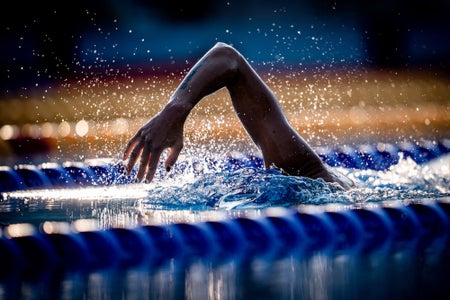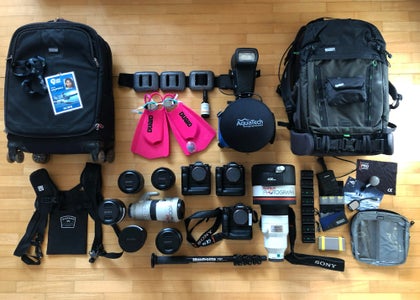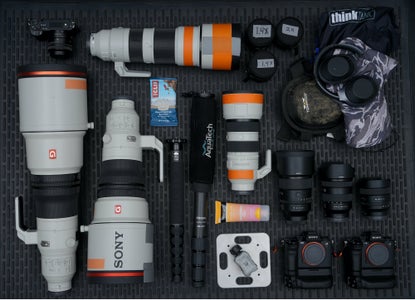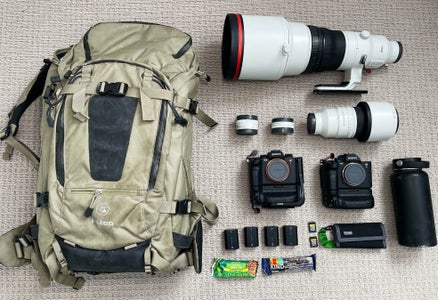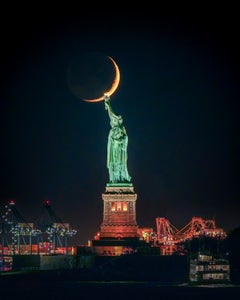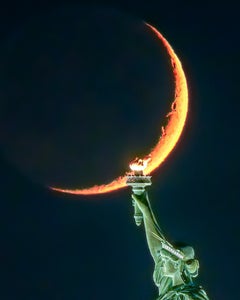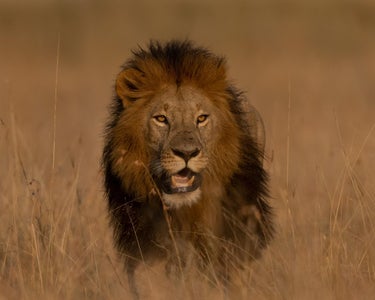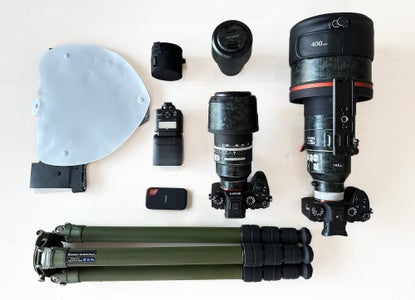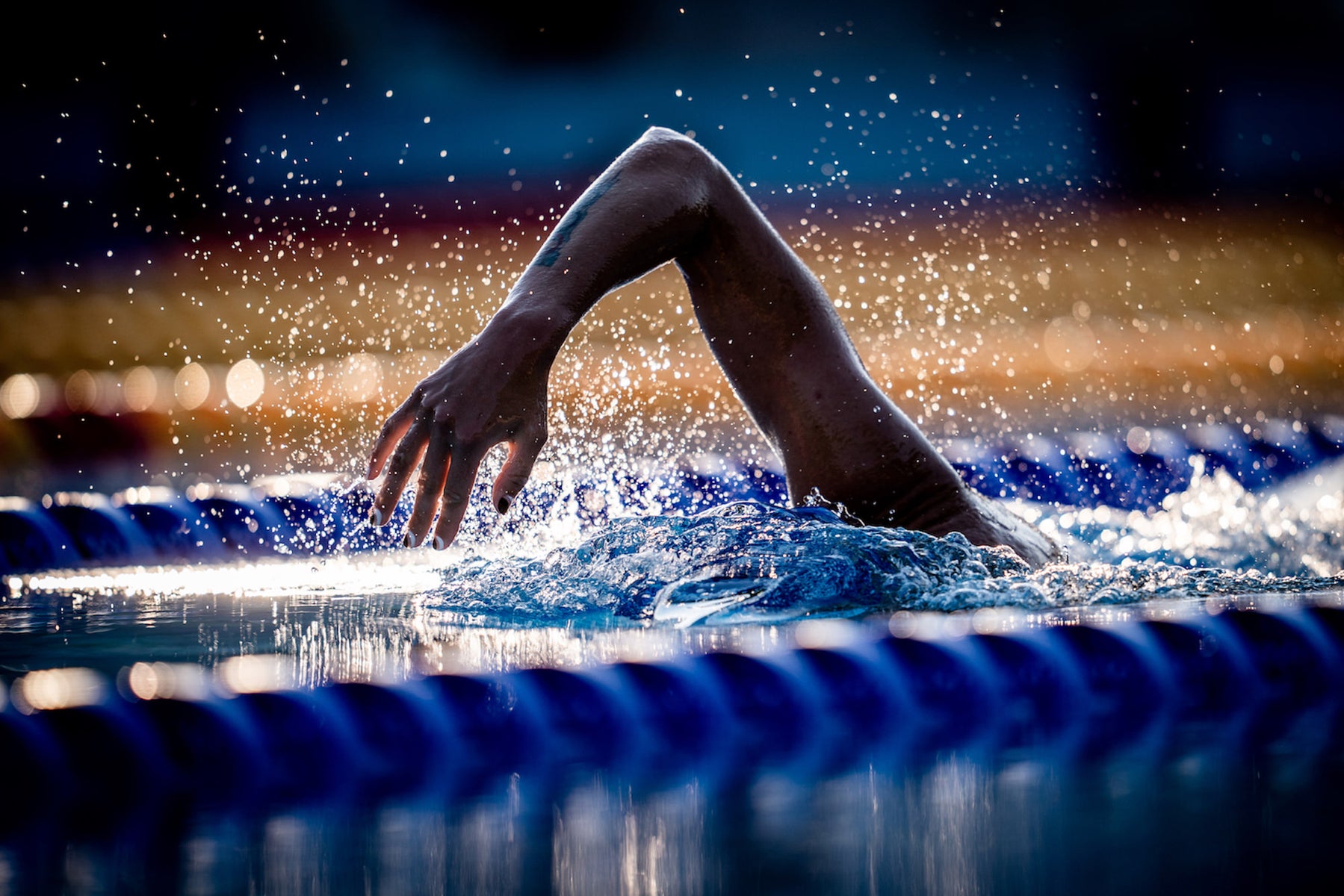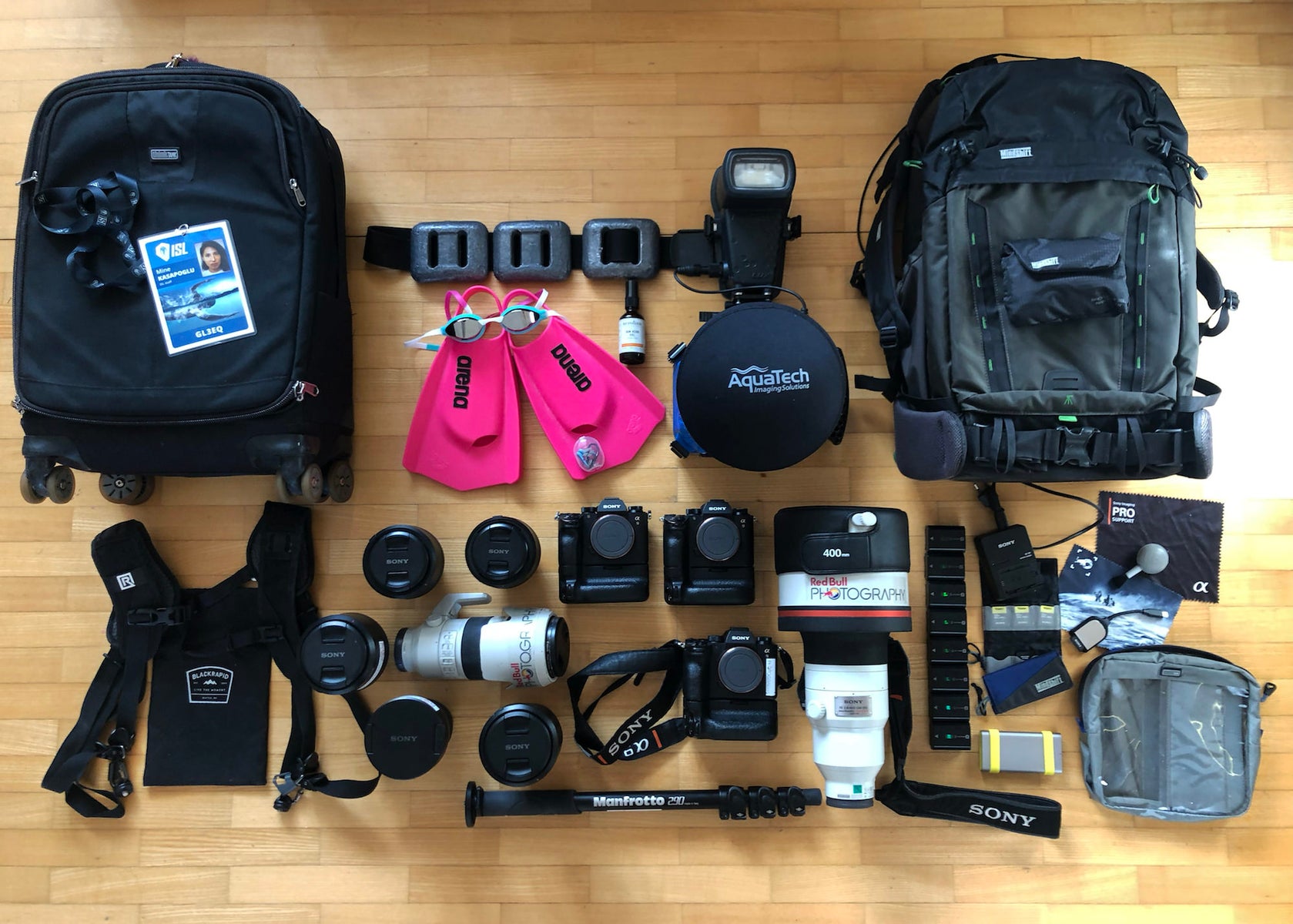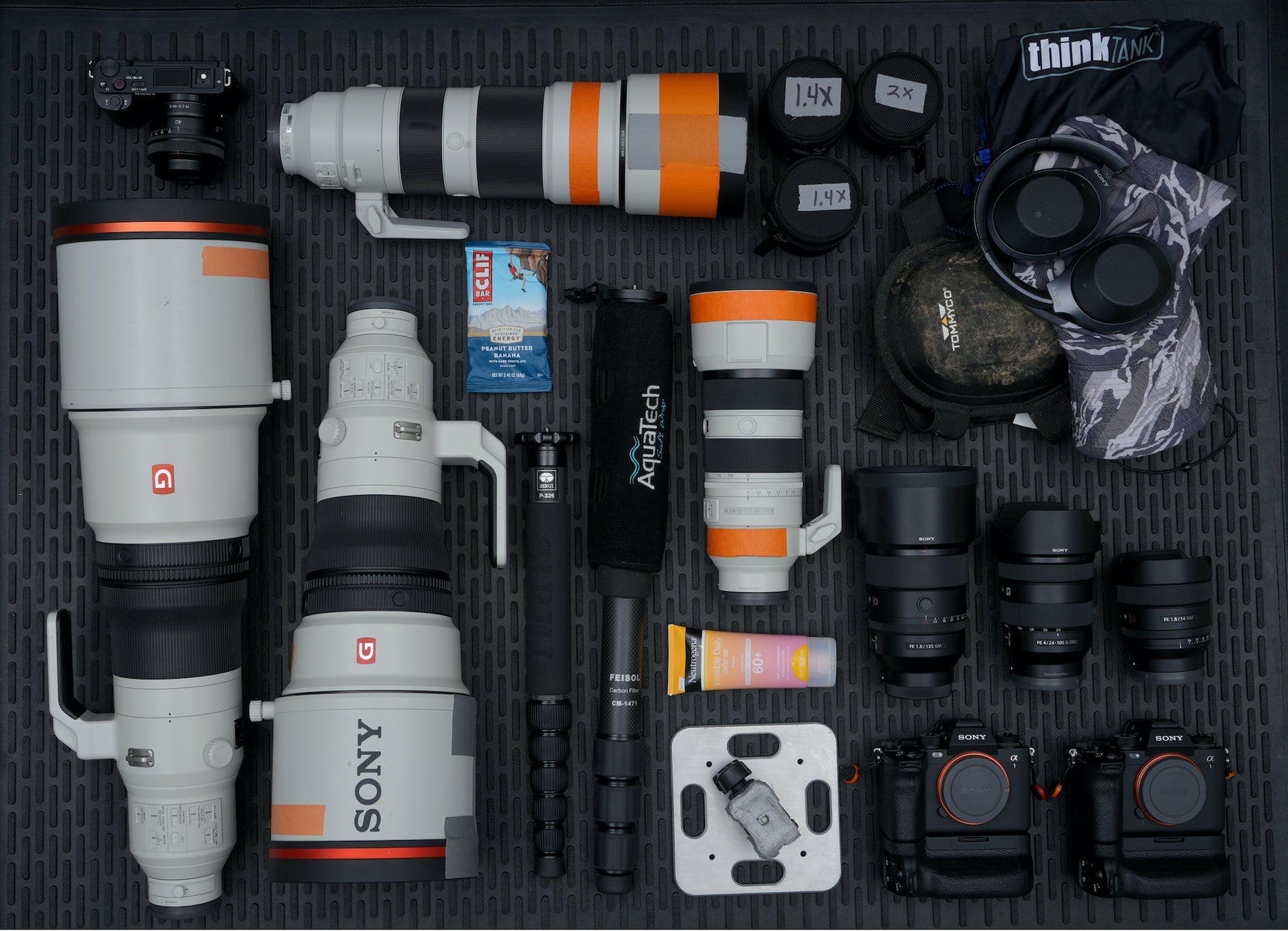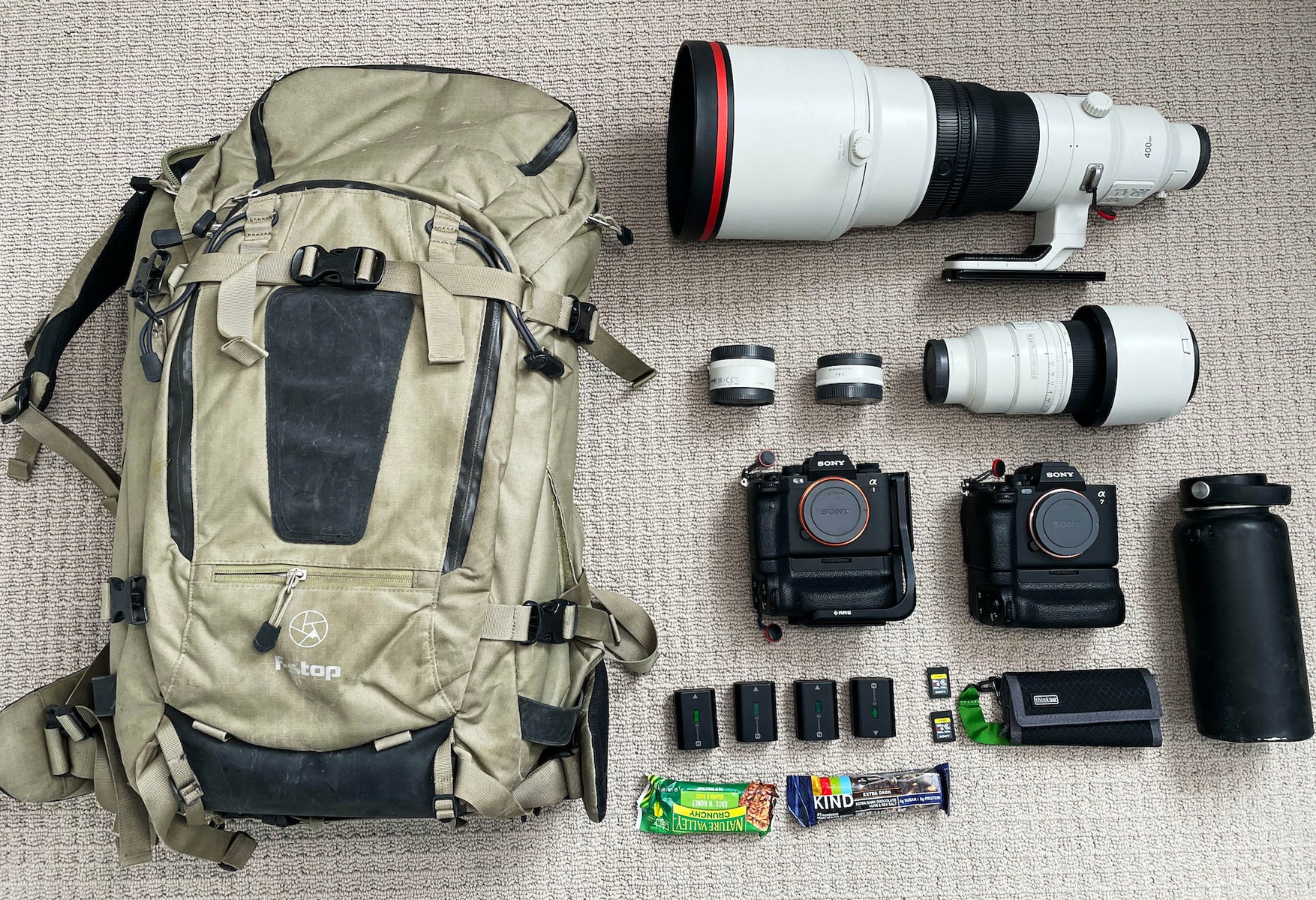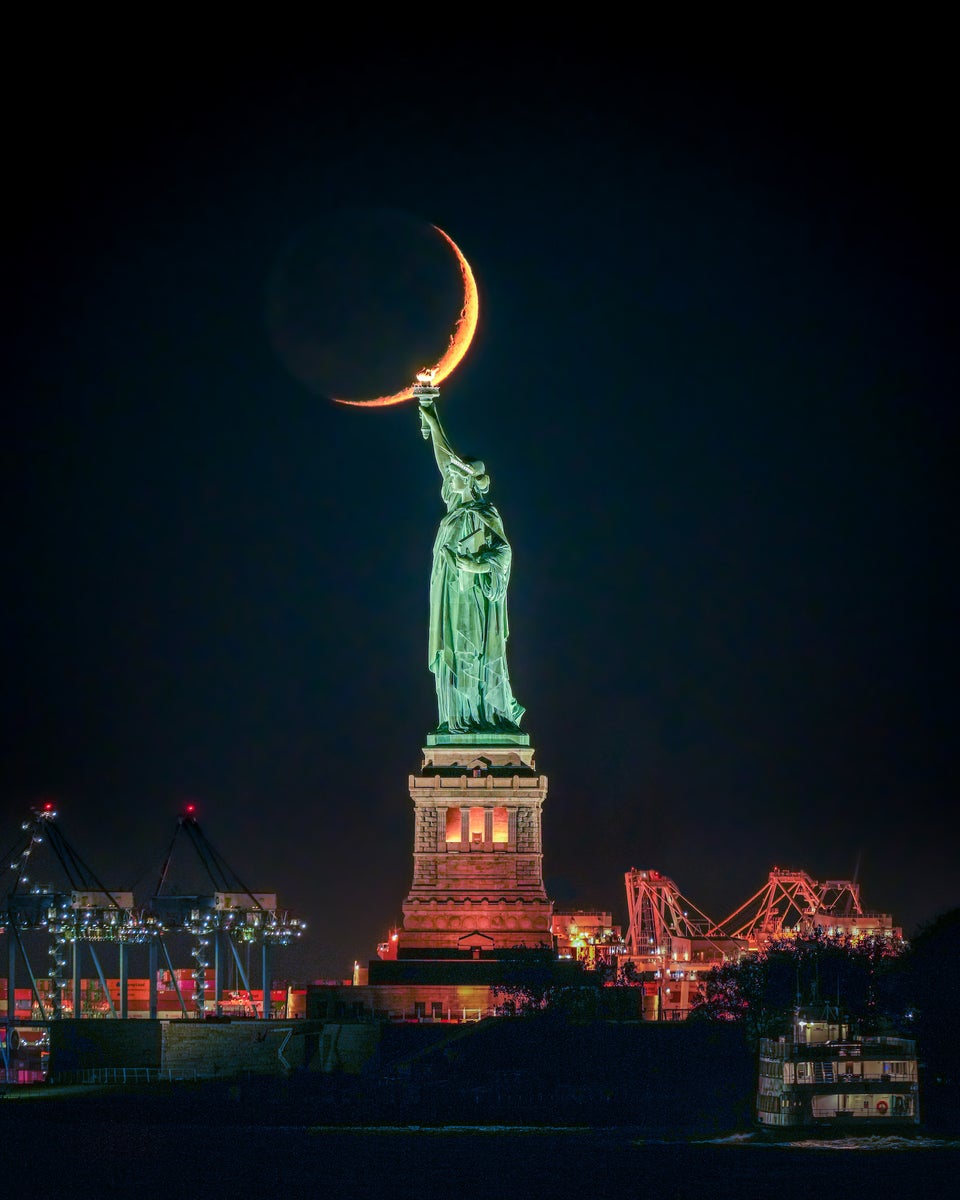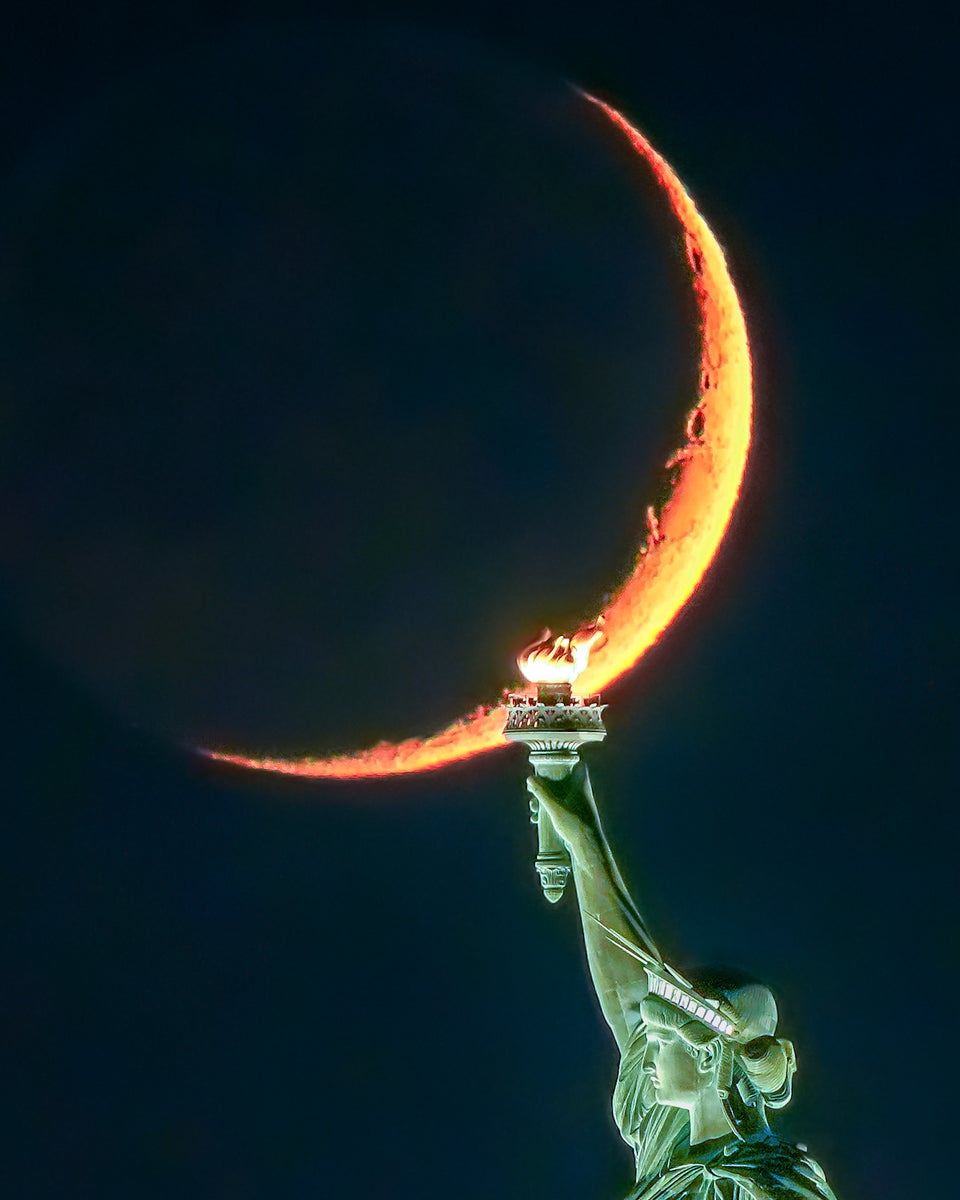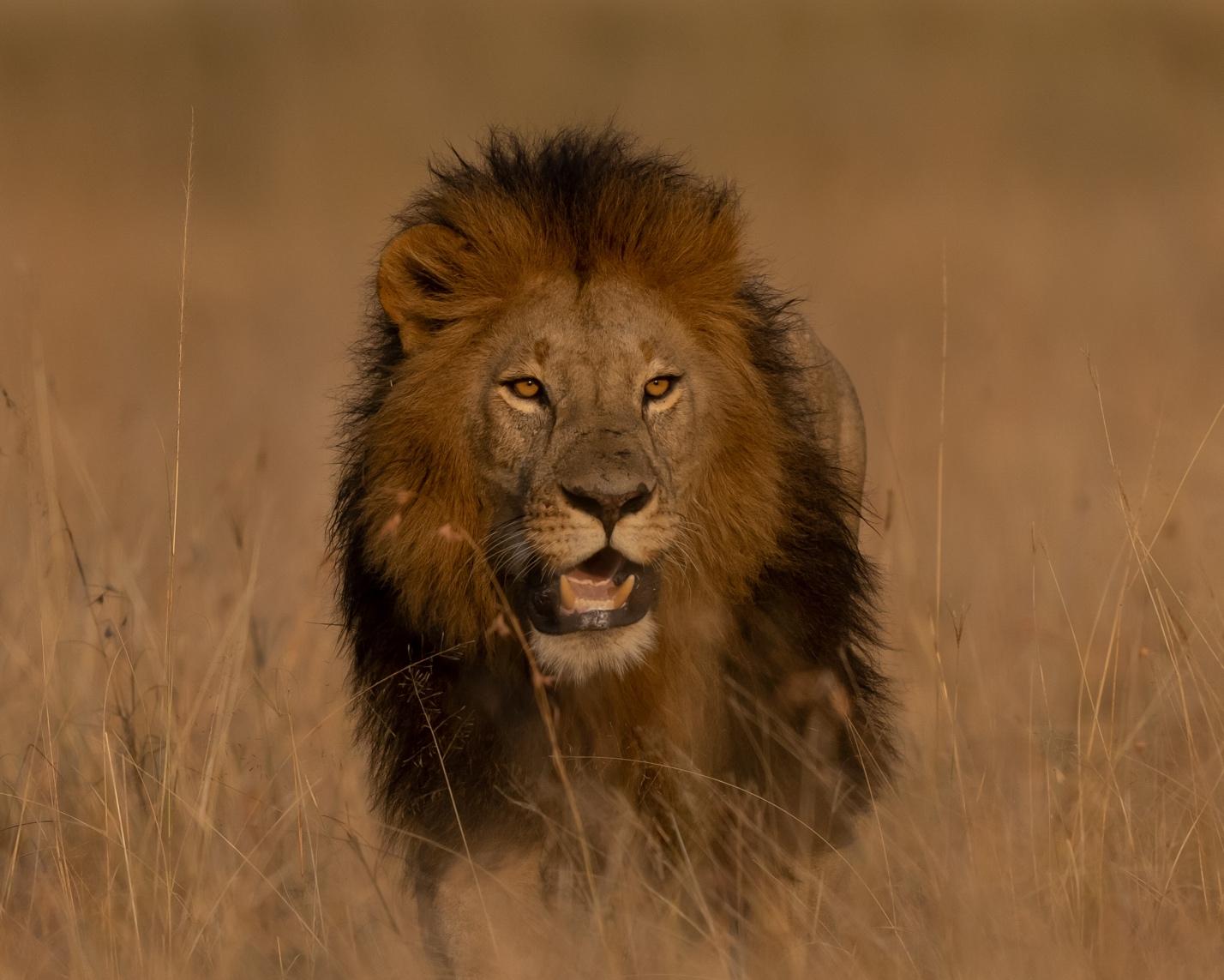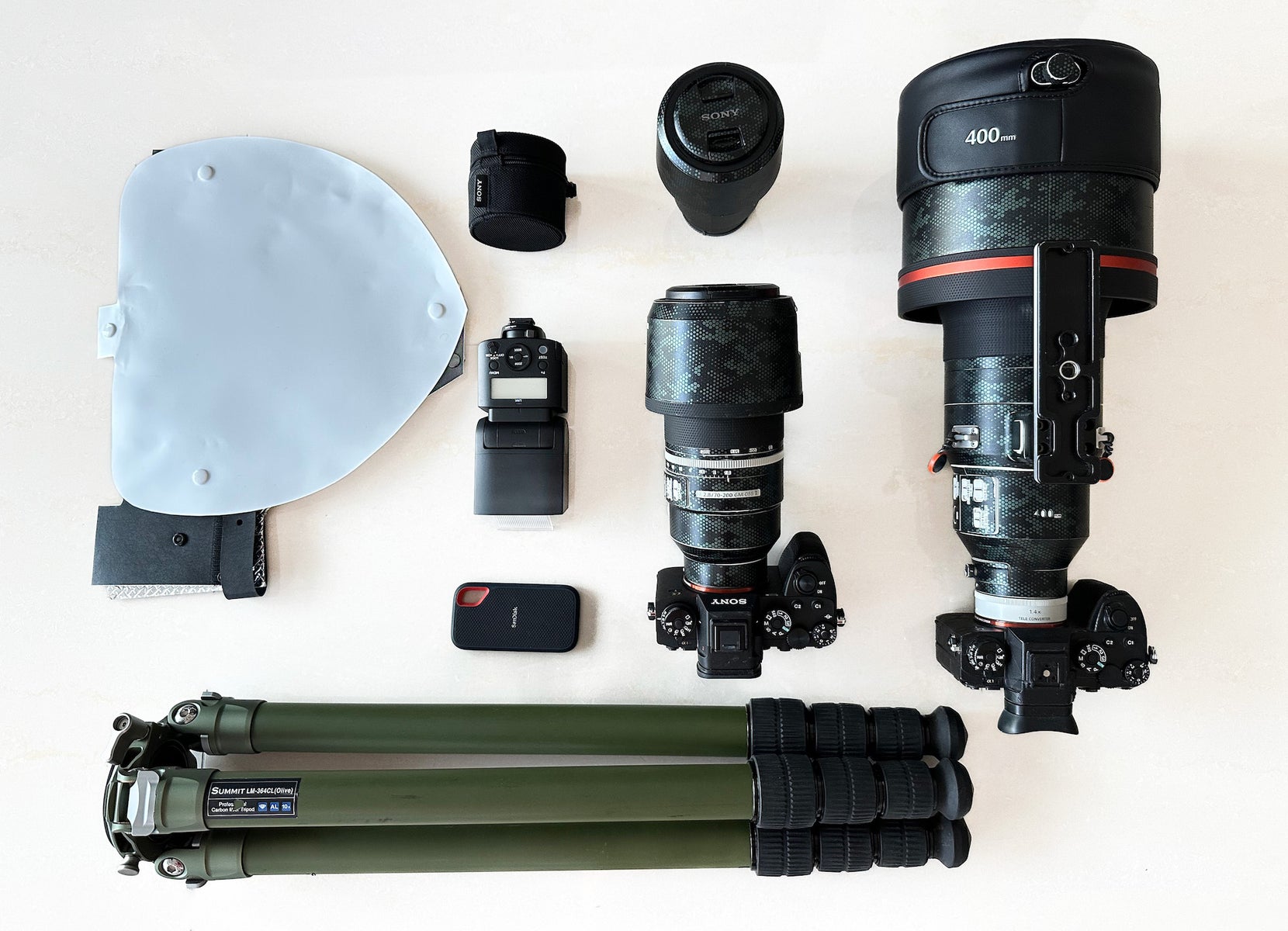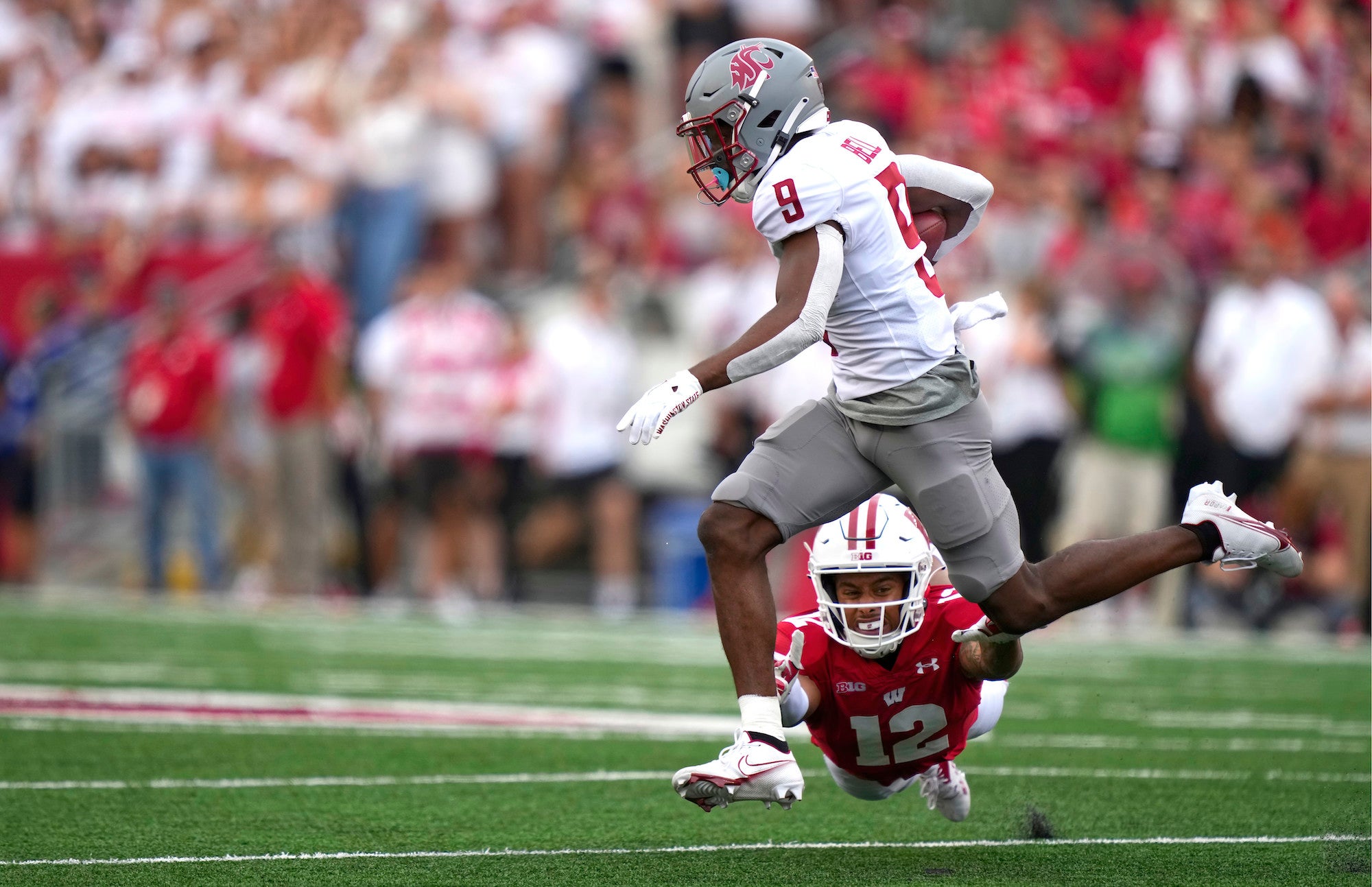The Sony 400mm f/2.8 G Master was the first large aperture super-telephoto prime lens to join the E-mount lineup, and the lightest lens of its class (weighing in at only slightly over 6 lbs.) With this new level of flexibility in a 400mm lens that also produces brilliant image quality and has extraordinary focusing speed and precision, it’s no wonder it continues to be the ideal choice for professional photographers of sports, wildlife and more. Below we take a look at some of the images creators have made using the lens as they explain why the Sony 400mm f/2.8 G Master has a permanent spot in their kits.
The Sony 400mm f/2.8 G Master lens is an essential piece of gear for the legions of professionals who photograph sports, wildlife and more.
Wildlife photographer and Sony Artisan Colby Brown typically uses the Sony 400mm f/2.8 G Master and calls it his go-to, bread and butter lens for low light situations. Learn more about his go-to wildlife photographer gear and read his tips for photographing larger animals in A Wildlife Pro's Camera Setup Tips For Photographing Megafauna.
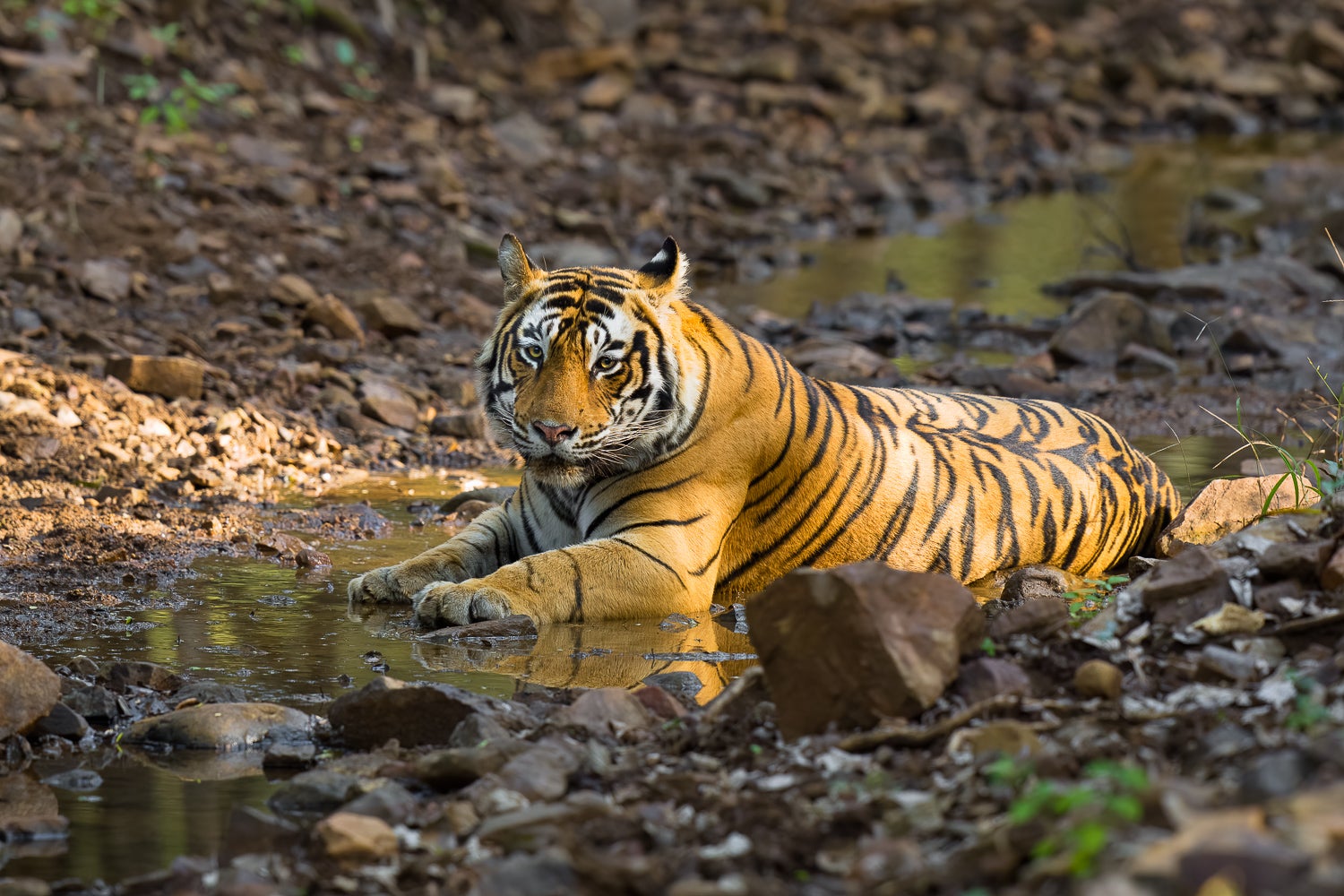
Photo by Colby Brown. Sony Alpha 1. Sony 400mm f/2.8 G Master. 1/250-sec., f/4, ISO 1000
Professional sports photographer and Sony Artisan Patrick Murphy-Racey calls the Sony 400mm f/2.8 G Master the most versatile lens for all sports photography. “You can use it in the daytime or at night under lights, you can use it as a super long lens for basketball, karate, wrestling, and even portraits. By adding either the 1.4X or 2X teleconverters, you can get a field of view of 560mm and 800mm, respectively. If you can only have one long super-telephoto, this is it. I use this lens for every high school football game and for baseball at night too. It lets in gobs of light, is fast, and accurate like all the GM lenses.” Read more about his gear in What’s In My Bag: Sports Pro's Double Alpha 1 Kit To Catch The Essence Of Competition and learn more about how he sets it up to ensure he never misses a moment of action in Photo Fundamentals: See This Pro’s Autofocus Setup For Sports Photography.
Photo by Patrick Murphy-Racey. Sony Alpha 1. Sony 400mm f/2.8 G Master. 1/2500-sec., f/4, ISO 800
Enthusiast wildlife photographer Venki Ramasubramoni always includes this lens in his kit as he travels the world to capture stunning images of wildlife. “I mostly shoot handheld,” he explains, “so it is great to have a lightweight prime lens and the Sony 400mm GM is one of the best lightweight lenses available currently. The image quality is exceptional with incredible bokeh and detail. Its ability to perform under low light conditions is outstanding.” Read more in What’s In My Bag: A Two-Camera, Three-Lens Kit For Stunning Macro & Wildlife Photography.
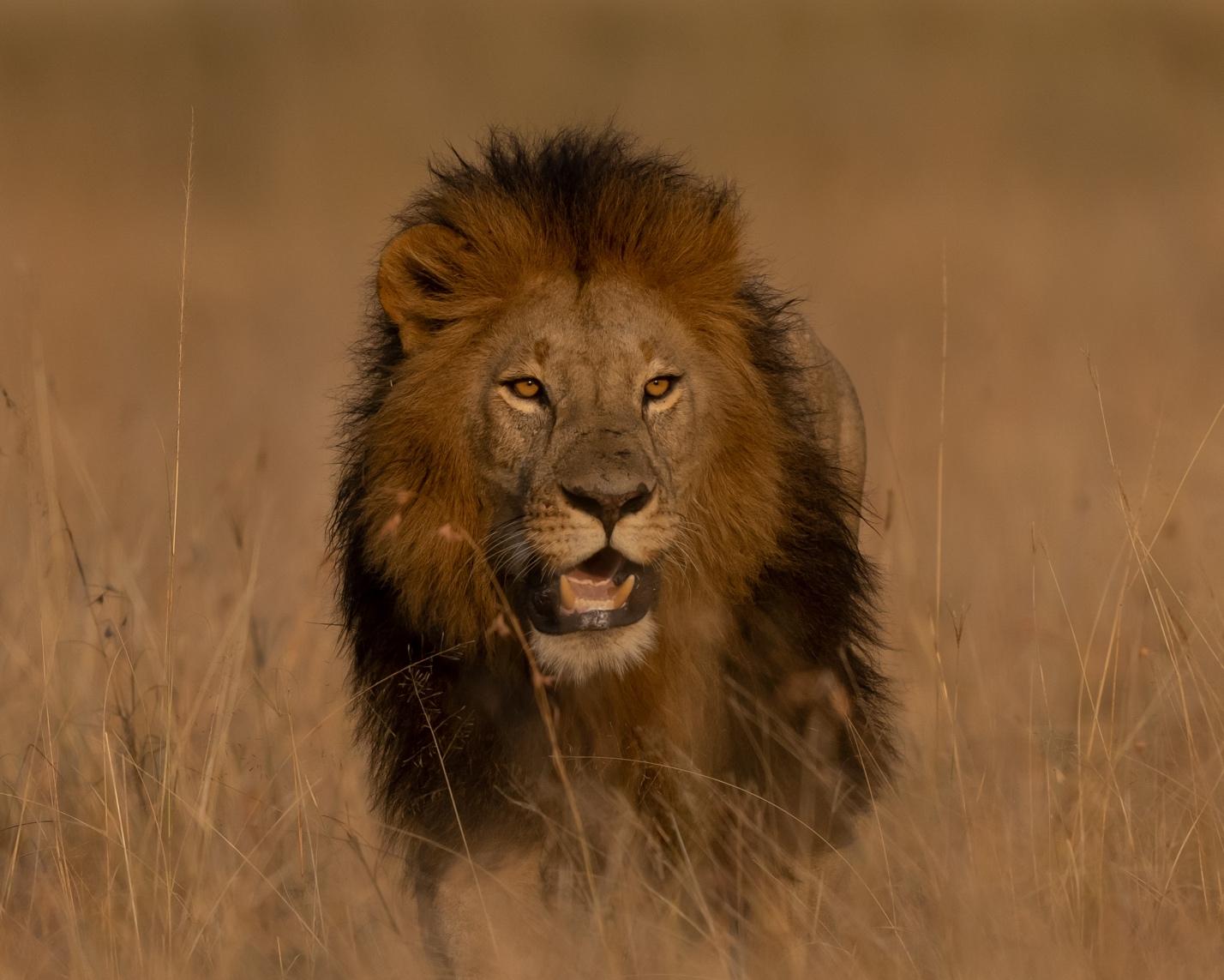
Photo by Venki Ramasubramoni. Sony Alpha 1. Sony 400mm f/2.8 G Master. 1/2500-sec., f/2.8, ISO 200
Photographer Levi Fitze used the lens to capture this image of Dunlins that was honored in the 2022 Wildlife Photographer of the Year competition. See the image below along with a BTS shot of Fitze out in the field with the lens and read more about how he captured it in Behind The Shot: The Story Of Rare Birds, Sand Storms & An Award-Winning Image.
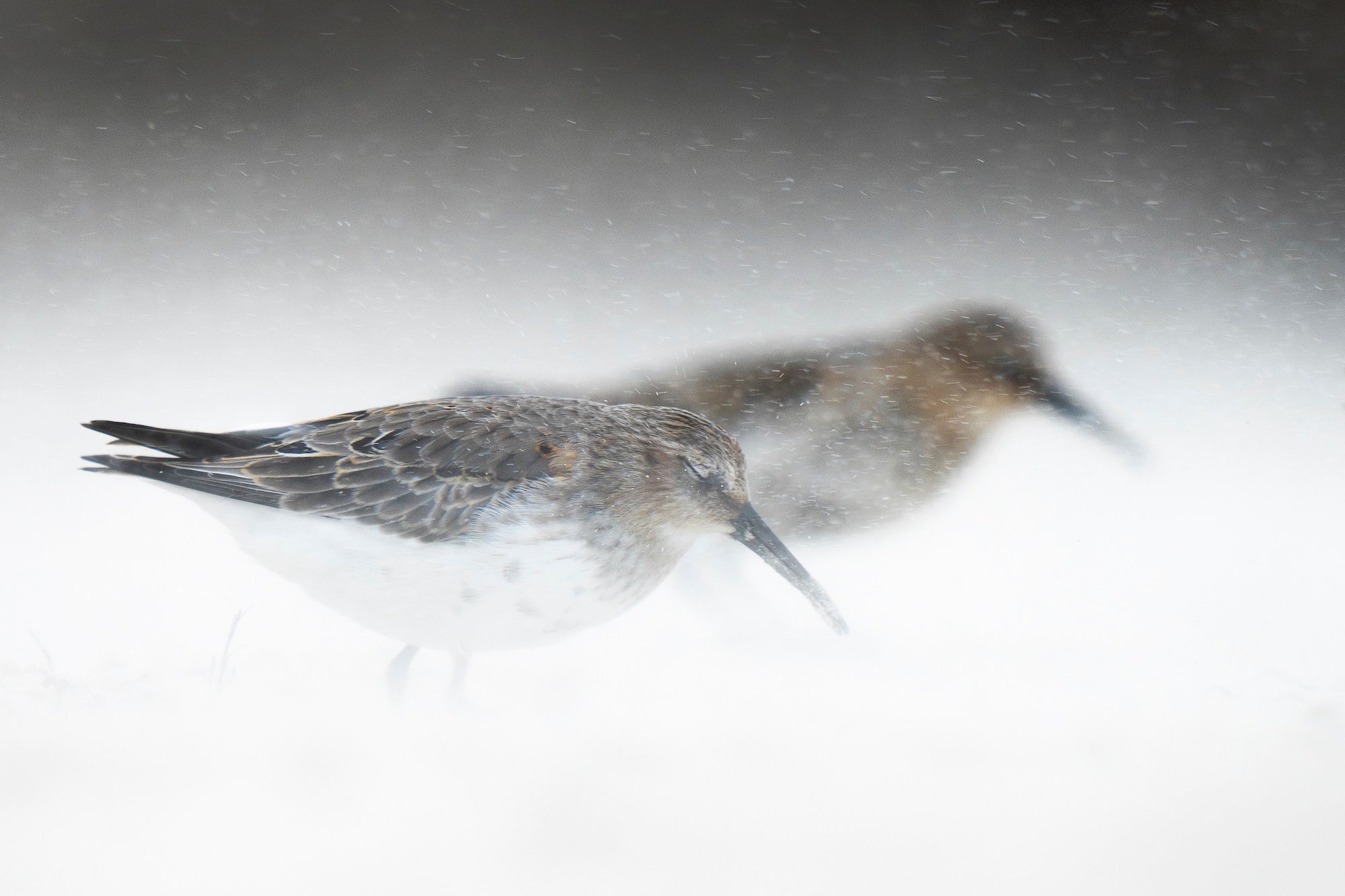
Photo By Levi Fitze. Sony Alpha 7R IV. Sony 400mm f/2.8 G Master. 1/1250-sec., f/2.8, ISO 125
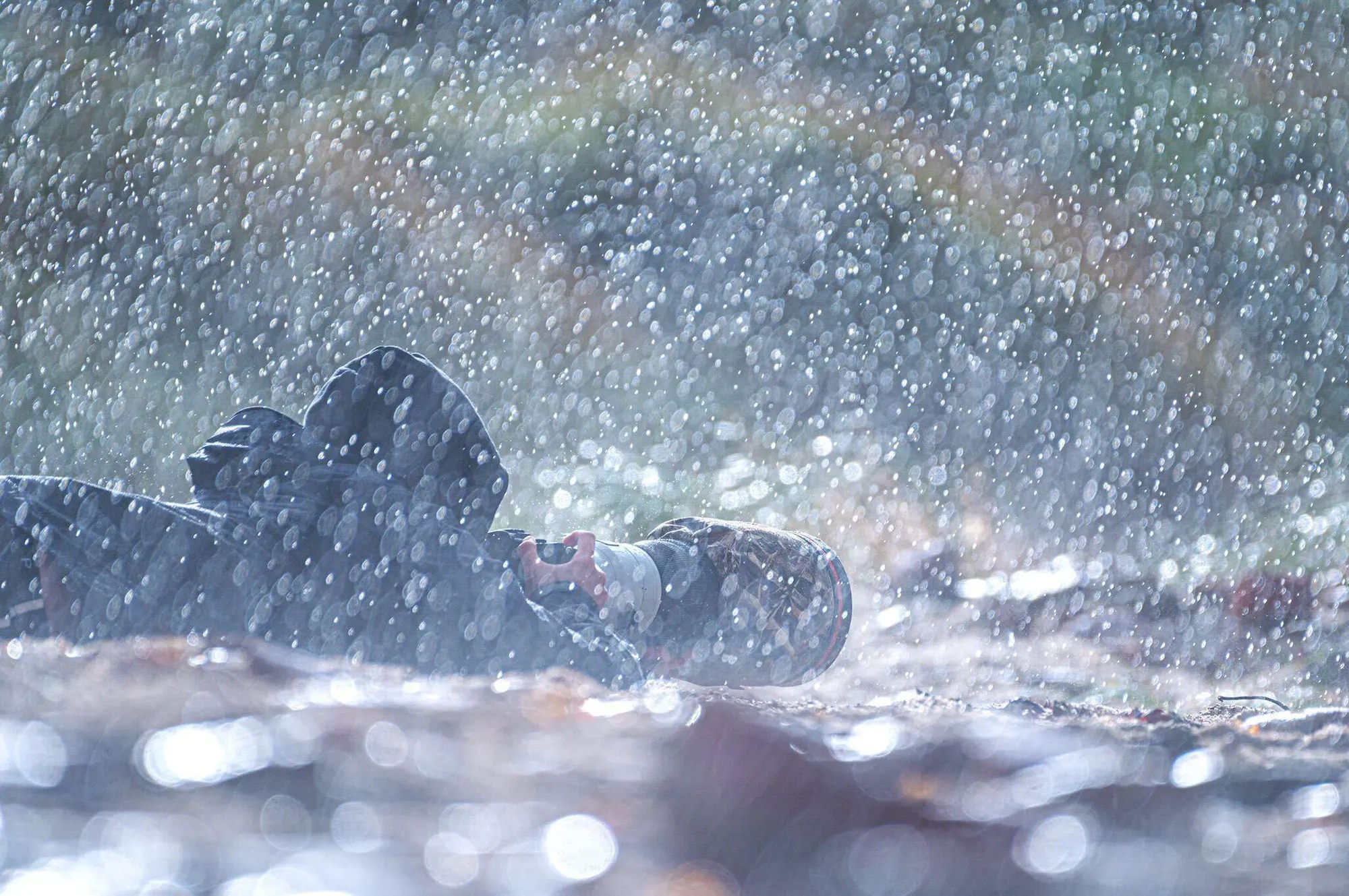
Photographer Levi Fitze photographing Dunlins with his Sony Alpha 7R IV and Sony 400mm f/2.8 G Master.
Photographer and Alpha Collective member Greg Noire was able to safely photograph a family of lions using the Sony 400mm f/2.8 G Master lens during his trip to Africa. “You’re getting a more intimate perspective,” he says. “And with the G Master name, you’re getting the best level of performance and image quality so Noire knew he wouldn’t miss one of the once-in-a-lifetime moments.” Watch more about what he captured using that lens and others in the video below and read more in See How This Photographer Translates Emotion Into Images.
Creator and Alpha Collective member Mike Meyers used the Sony Alpha 7R V with the Sony 400mm f/2.8 G Master and Sony 1.4X Teleconverter on a tripod to create this timelapse. “This lens and this camera combined, I was blown away,” he says. “It's ridiculous how perfectly crisp and clear everything looks through that thing. A lot of times people will ask me, 'Do you really need that much resolution?' Maybe not for every shot, but for a shot like this, absolutely. Because the image where it's the full frame of the Statue of Liberty with the entire thing in there, that's a really cool shot. But then I can crop into a much tighter section of that and it still looks great. Without those megapixels you don't get that crop, it’s going to fall apart or become pixelated if you're shooting with less resolution.” See the timelapse and the cropped image below and learn more about how he did it in Luck Favors The Prepared Photographing The Moon And Statue Of Liberty.
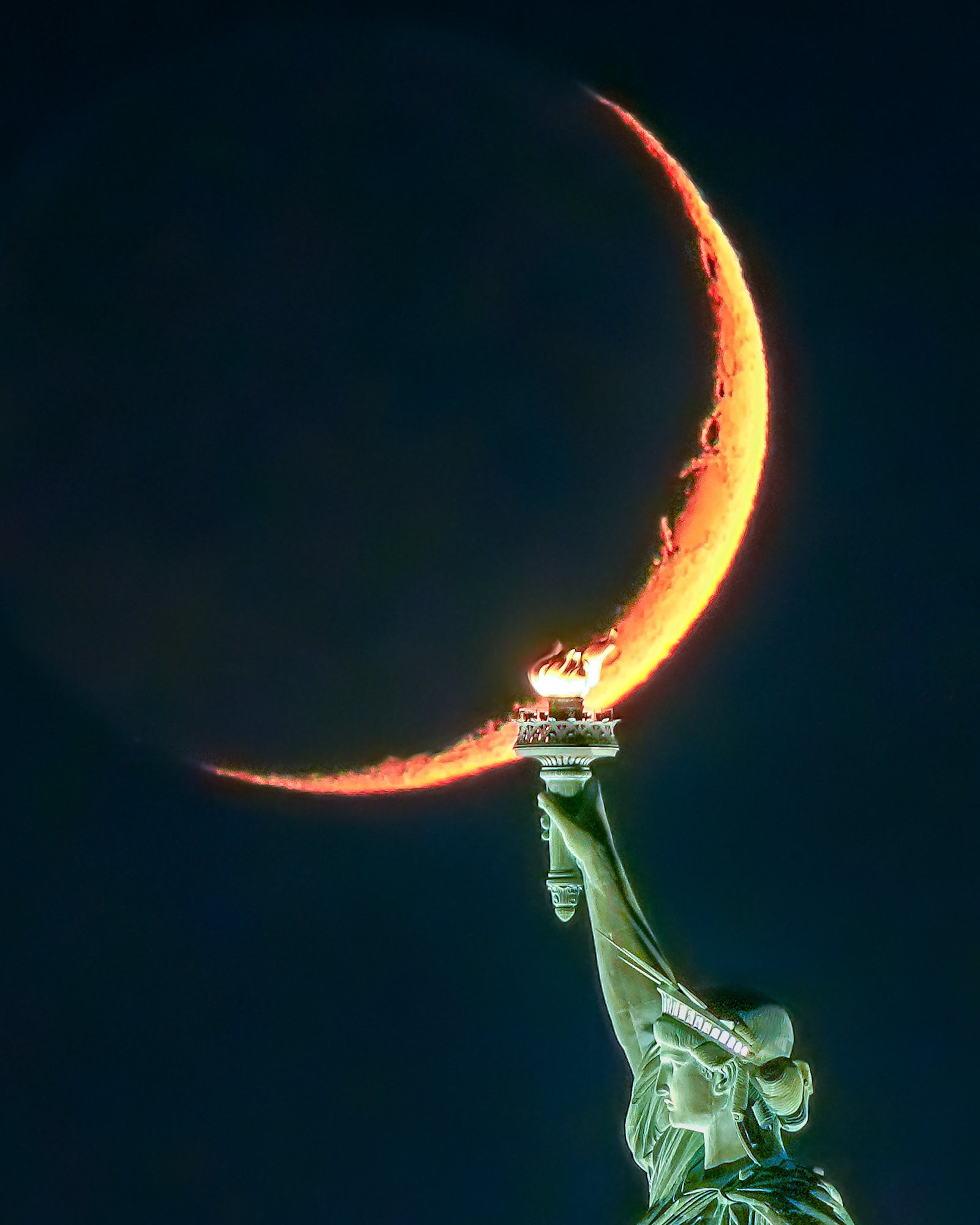
Photo by Mike Meyers. Sony Alpha 7R V. Sony 400mm f/2.8 G Master + 1.4XTC. 1/25-sec., f/4, ISO 1250
Wildlife photographer Mike Phelps used the Sony 400mm f/2.8 G Master lens paired with his Sony Alpha 1 to capture this incredible shot of an eagle snagging a fish. Read more about how he managed to capture it handheld while traveling in a boat in Behind the Shot: A Handheld Eagle Snapshot With The Alpha 1.
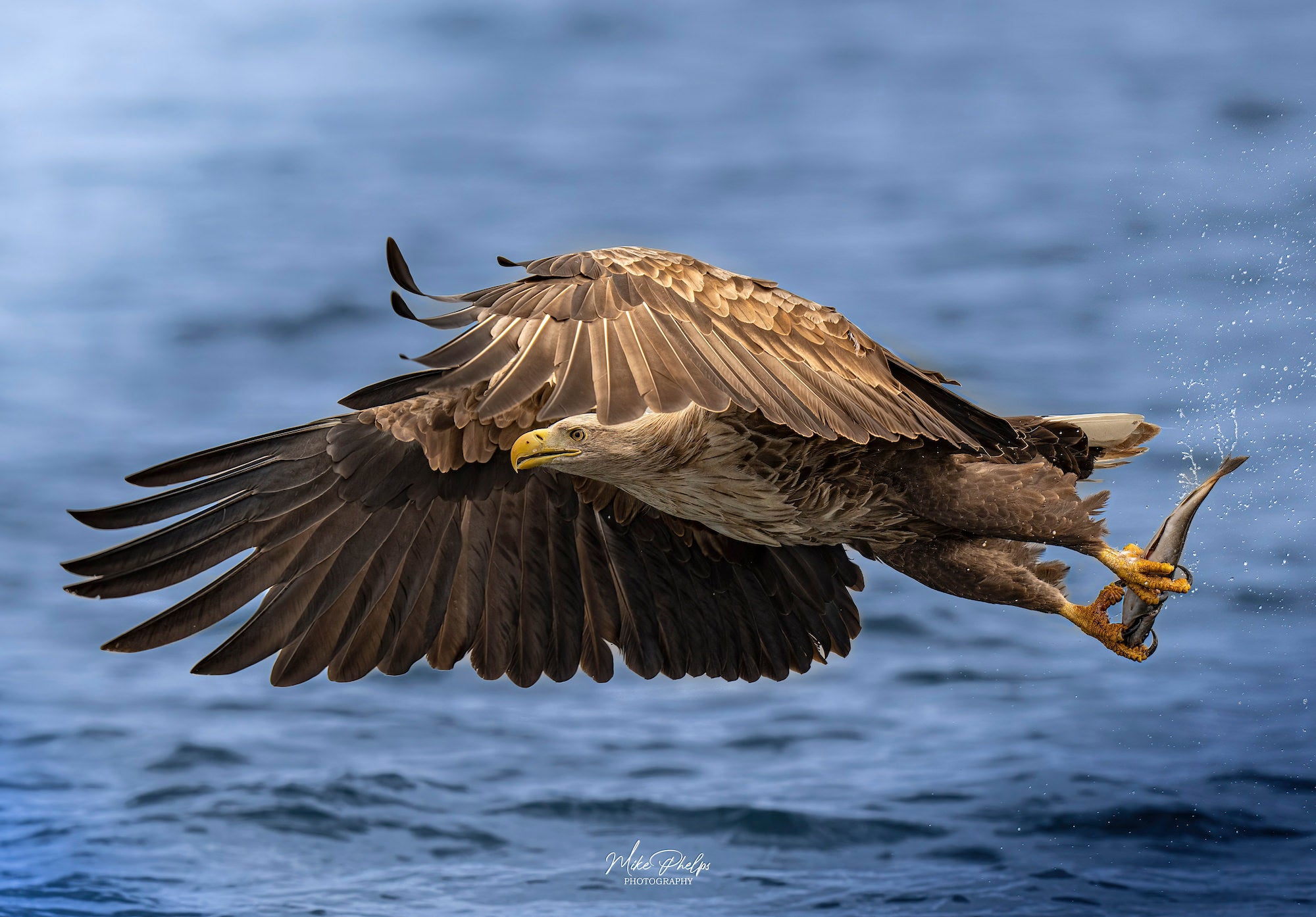
Photo by Mike Phelps. Sony Alpha 1. Sony 400mm f/2.8 G Master. 1/2500-sec., f/4, ISO 200
Traveling sports and portrait photographer Mine Kasapoglu is a big fan of fixed lenses with a wide aperture. She calls the Sony 400mm f/2.8 G Master a dream. “I love the effect of this glass. It fits sports and athletes so well. I can get close to the athletes without being right in front of them. I love it when everything is a blur and only the athlete is in focus. I find that this mirrors the athletes' psychology as they compete. I am also crazy about the bokeh." Read more about her gear in What’s In My Bag: A Red Bull Sports Pro's Kit For Capturing Fast Action Underwater & Above.
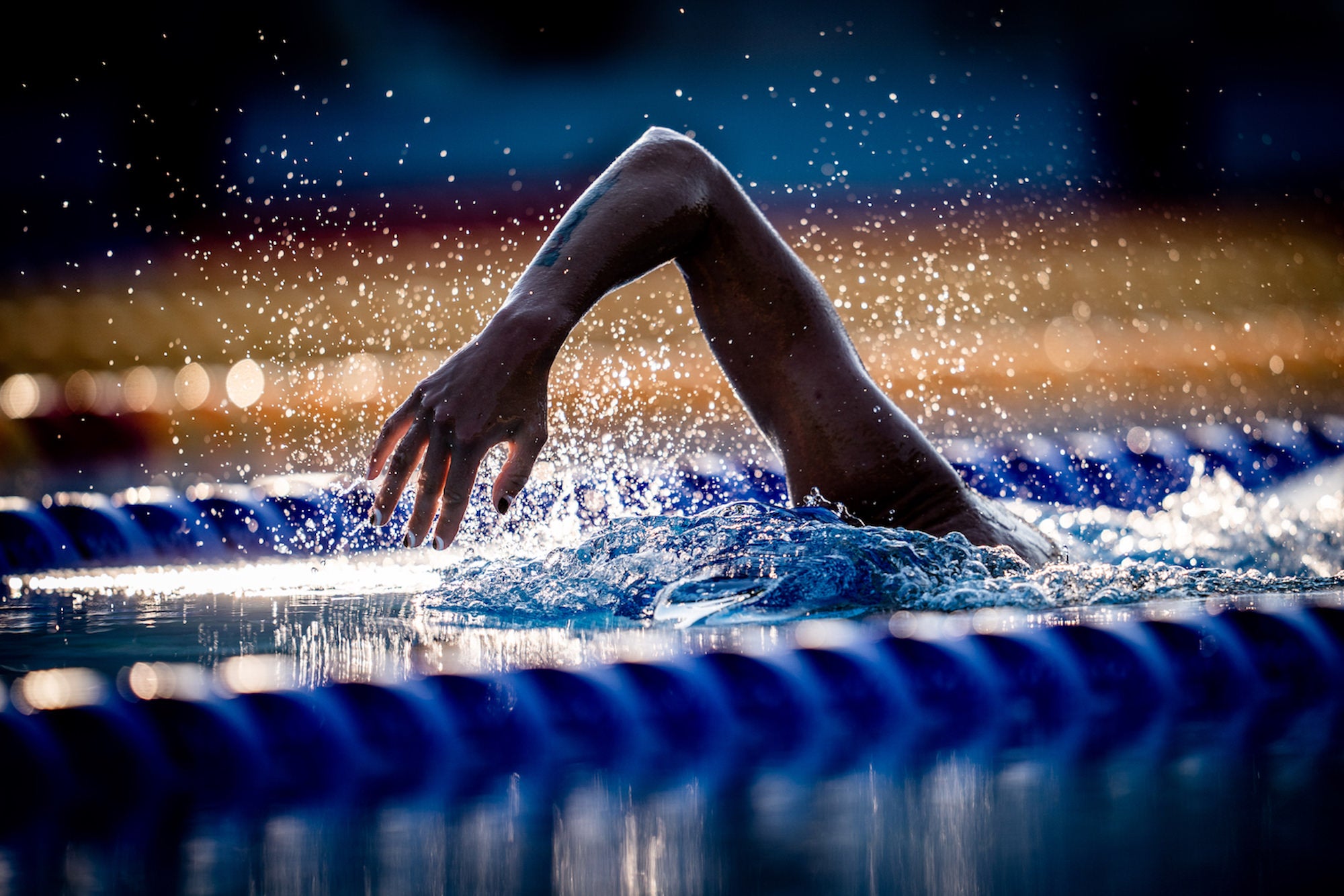
Photo by Mine Kasapoglu. Sony Alpha 9. Sony 400mm f/2.8 G Master. 1/1600-sec., f/2.8, ISO 125
Add Andrew Seegmiller to the long list of wildlife photographers who always include the lens in their kit. “The biggest hurdle in wildlife photography tends to be distance and light,” he explains. “The 400mm gives me all the reach I need most of the time and accepts the 1.4X teleconverter extremely well if I need a little more, allowing me to give the wildlife more space. In terms of light, with wildlife typically being most active at dawn and dusk, that means shooting in low light is common. The constant f/2.8 aperture allows me to start shooting earlier in the morning and continue shooting later in the evening while being able to keep my ISO lower. The lens is incredibly light giving me the freedom to shoot handheld most of the day while maintaining an incredibly fast and accurate autofocus system ensuring I won't miss the shots I am after.” Read more in What’s In My Bag: A Two Camera, Two Lens Setup For Wildlife Photography.
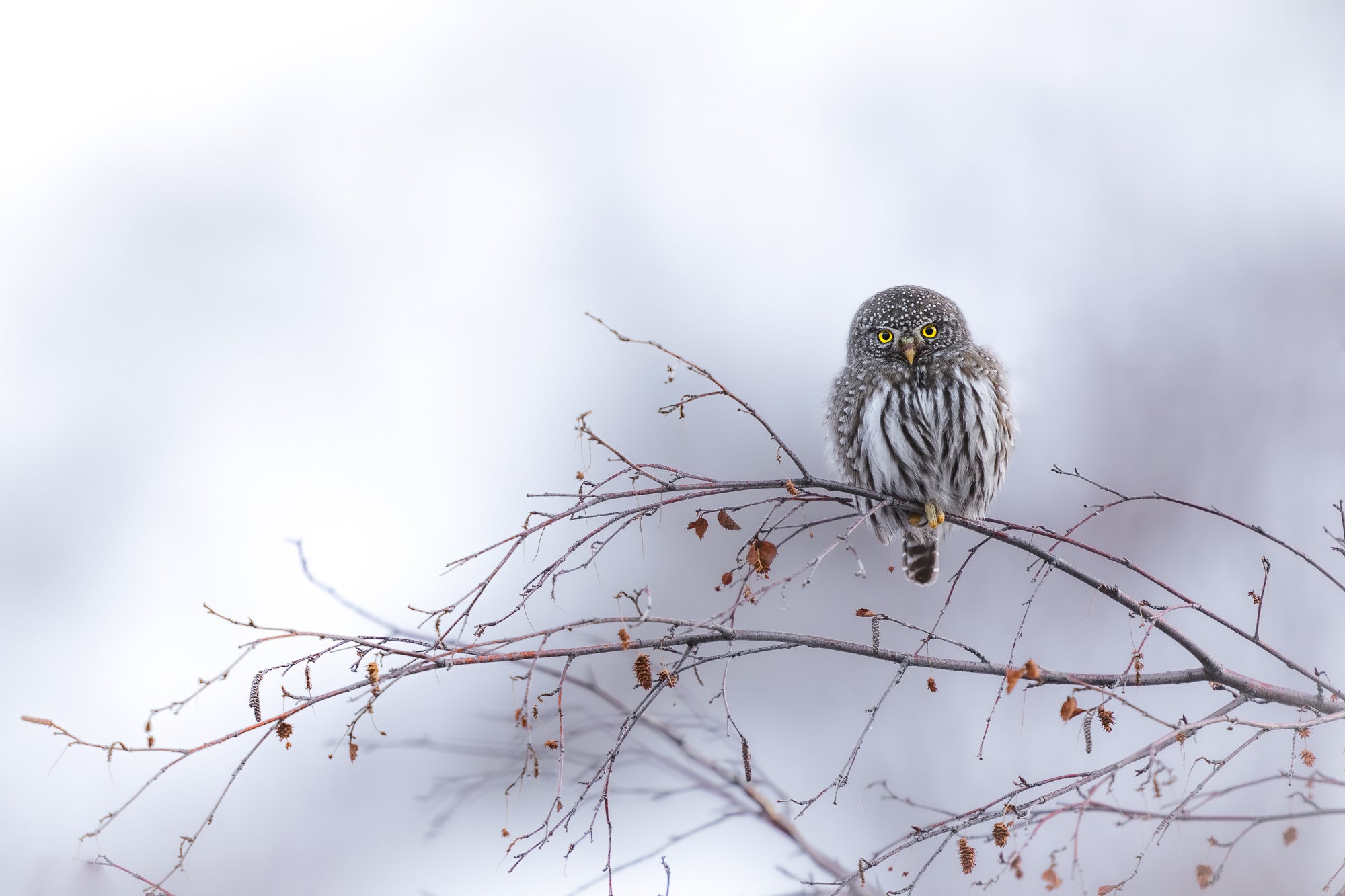
Photo by Andrew Seegmiller. Sony Alpha 1. Sony 400mm f/2.8 G Master. 1/400-sec., f/4, ISO 640
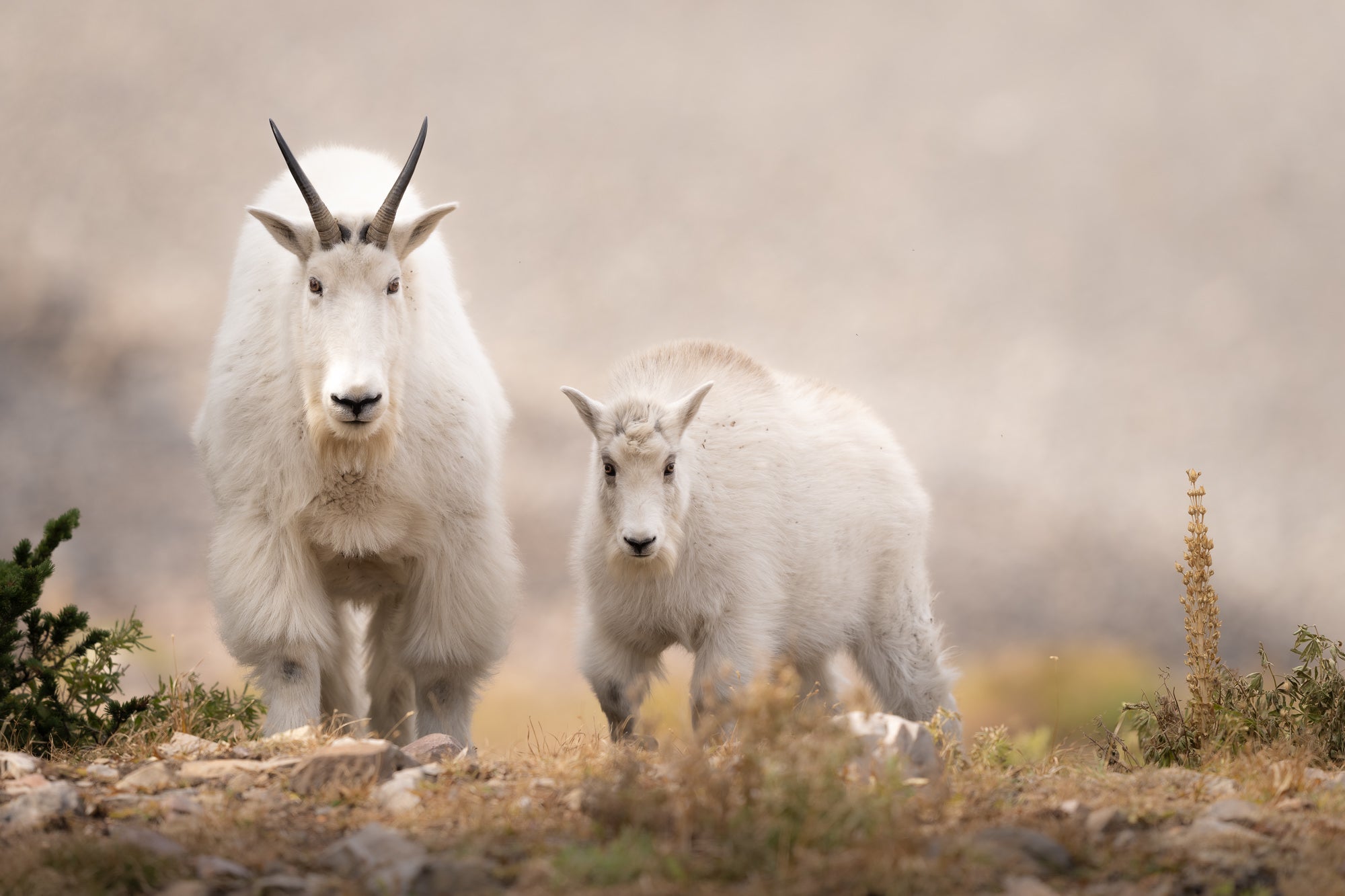
Photo by Andrew Seegmiller. Sony Alpha 1. Sony 400mm f/2.8 G Master. 1/500-sec., f/4, ISO 200
